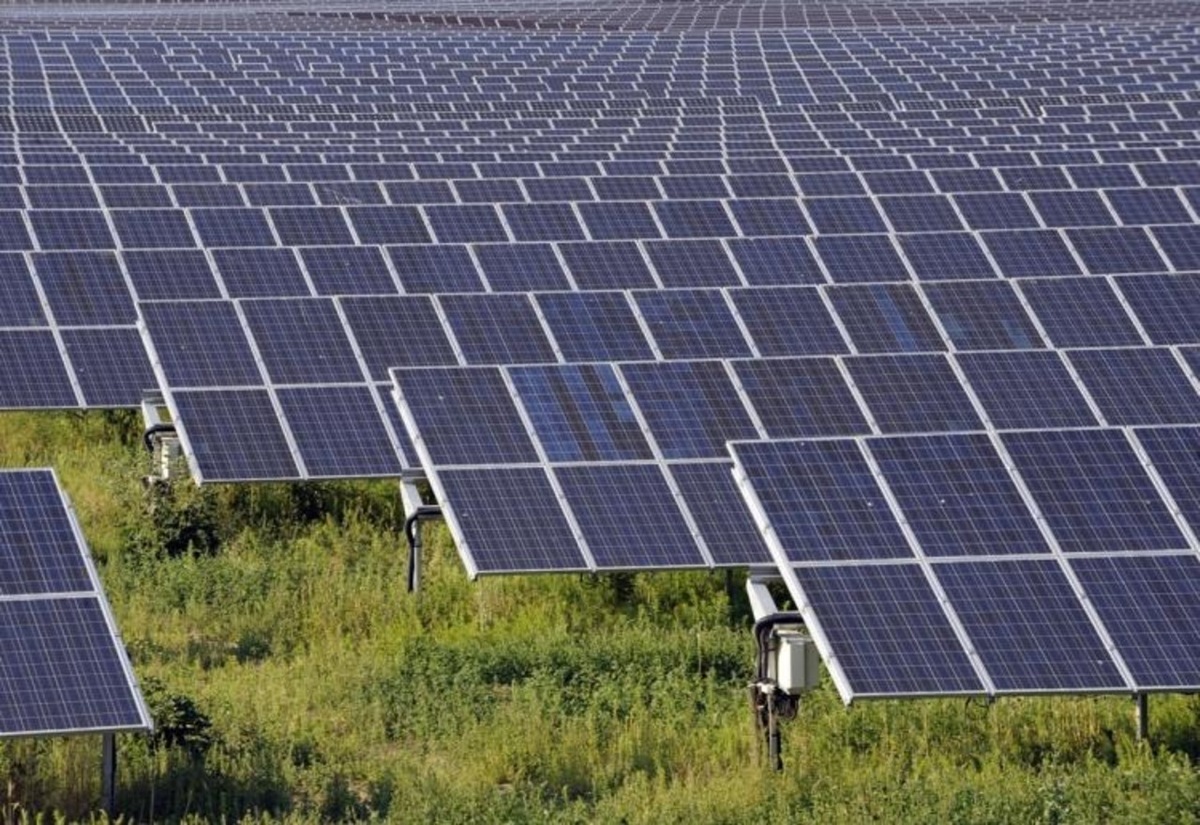Renewable energy shining light on electricity bills
Laura Williams
07 December 2021, 8:07 PM
 Solar farms like in Warren are a growing industry in Australia.
Solar farms like in Warren are a growing industry in Australia. The latest Carbon Market Report has revealed that renewables have delivered almost one third of power to Australia’s National Electricity Market (NEM).
The increasingly common sight of solar panels on roofs has made its mark, with a record 32 per cent of electricity generated in Australia coming from renewable energy sources in the third quarter report.
Despite extended lockdowns in NSW inhibiting rooftop solar installations, the solar panels are a lead contributor to the grid, with another 3.2 of the 6 gigawatts added each year coming from solar.
Clean Energy Regulator Chair David Parker said the total capacity to generate 15.6 gigawatts of electricity, rooftop solar is now Australia’s largest virtual power station.
“This is an important lead indicator that we can expect to see many new large-scale renewable energy power stations being constructed around the country,” Mr Parker said.
Nyngan’s own solar farm is a vital example of the industry growth, the farm powering an estimated 39,286 households each year since it was completed in 2019.
Mr Parker said all the lead indicators are strong for a big reduction of emissions going into 2022, with one estimate that Australia may have reduced its emissions by 57 million tonnes by the end of 2021.
“However, a less conservative approach suggests Australia’s emissions will decline by as much as 75 million tonnes in 2021 given the thermal generation that will be displaced by the additional renewable energy,” he said.
The most recent quarter also saw 54 Emissions Reduction Fund (ERF) projects registered, bringing the total to 145 for the year.
The higher availability of renewable energy that is feeding the grid is driving down electricity costs across the states, with households in NSW expected to pay around $50 less for electricity by 2024, reducing prices to their lowest levels since 2017.
Before prices get better, however, bill payers could suffer a temporary increase as the true worth of the Liddell power station in Muswellbrook is shown through its staged closure in 2022 and 2023.
Australian Energy Market Commission (AEMC) Chair Anna Collyer said that the impacts of the closure will be short-lived.
“This illustrates how integrating renewables in a smart way makes it possible to have both lower emissions and lower costs for consumer,” Ms Collyer said.
11 new solar projects, two wind projects and a new gas fired generator have been committed for NSW.
“This diversity of generation puts us in a strong position to manage the forecast retirement of Liddell and highlight the importance of being smart in how we connect resources to the grid and ensure the back-up needed for a secure supply, so the benefits of low cost and los emission aren’t eroded,” Ms Collyer said.